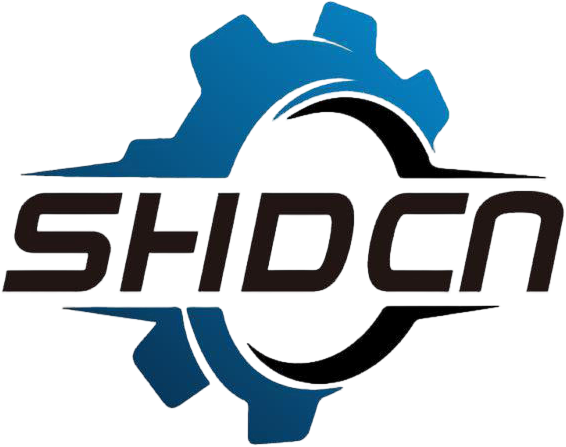In the present quick paced society, both efficiency and sustainability are essential. For businesses trying to maximize performance and minimize waste, high-quality wood shredders have become integral parts. These machines enhance operational efficiency by converting wood waste into manageable size pieces and concurrently working toward more environmentally friendly practices. This blog post will analyze the advantages, uses, and developments in wood shredding technologies and the strategies that can help businesses optimize them.
Small businesses in landscaping, construction, and recycling industries are some of the primary users of wood shredders. Shredders have the ability to handle various types of wood including branches and logs as well as pallets scrap wood. Shredding these materials lead to lower storage space, lower transportation costs, and can predictably create valuable by-products of propane fuel or mulch. Doing these allows businesses to further improve their profits while positively contributing to sustainable means which a lot of consumers and regulatory authorities are currently putting immense focus on.
Like all equipment market, the market for wood shredder also has high performance ones which offer various advantages which include boosting “operational efficiency”. The speed and power engineering achived pourd load of wood waste cunsumtion. Operating implement able to custom fit the shredding process to specific need, automated systems, preset shredding limits, and adjustable shredding parameters guarantee optimal shredding results. Furthermore, modern machines, Enhanced Wood Shredder, boast low noise and energy efficient motors to offer eco-friendly emissions and reduced operational costs.”
Furthermore shredders is beneficial for various opperational verticals. In Landscaping wood output serves as effective mulch for weed and moisture retention within soil. In Construction, wood shredder aids in the efficient management of demolition waste by converting the waste into reusable materials. Additionally, in regards to the Recycling industry, wood shred can be turned into composite materials and be used as biomass fuel. This flexibility showcases why sompanies seeking to strengthen eco-friendly initiaves for their forarding design. Investing in high- Performance wood shredders is proves factors for sustainable effort automation.
The future outlook of wood shredding looks to be promising with constant change in technology. There is an increase in innovation such as smart shredding systems deploying IoT technology for real-time supervision and optimization of shredding performance. These systems can offer data analytics which help improve business decisions, thereby, increasing operational efficiency and reducing costs. Moreover, the emphasis on circular economy principles is likely to increase the demand for wood shredders as companies strive to minimize waste while maximizing resource recovery.
To conclude, high-performance wood shredders are crucial for enhancing operational efficiency while supporting eco-friendly business practices. Manufacturers and operators are ideally positioned to boost operational efficiency, minimize waste, and help improve the environment through these machines. It is important to keep track of many technological innovations and wood shredder market developments to get an edge over competitors, further underscoring the increasing industry focus on wood shredders.
There is a noticeable emerging shift towards sustainability and resource conservation that tend to focus innovation around wood shredding technology. Those who incorporate adaptive strategies towards these changes will greatly enhance operational performance and reputation as an environmentally conscious organization.

